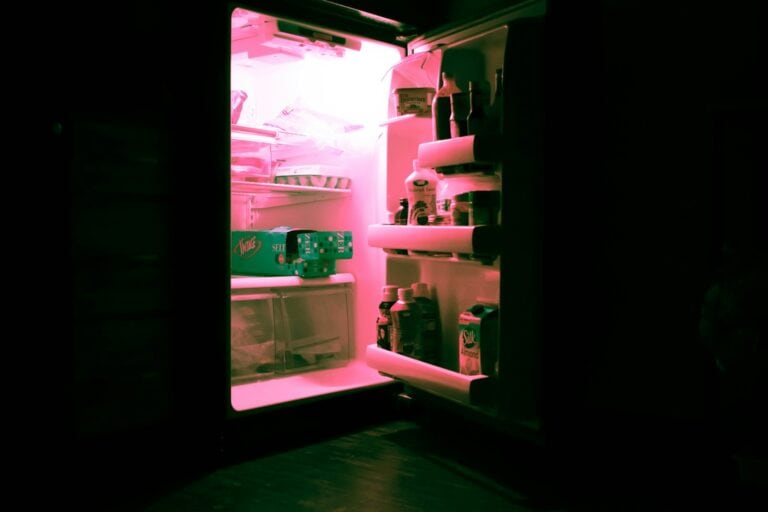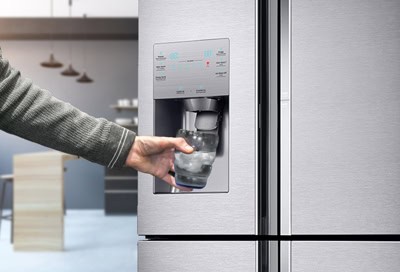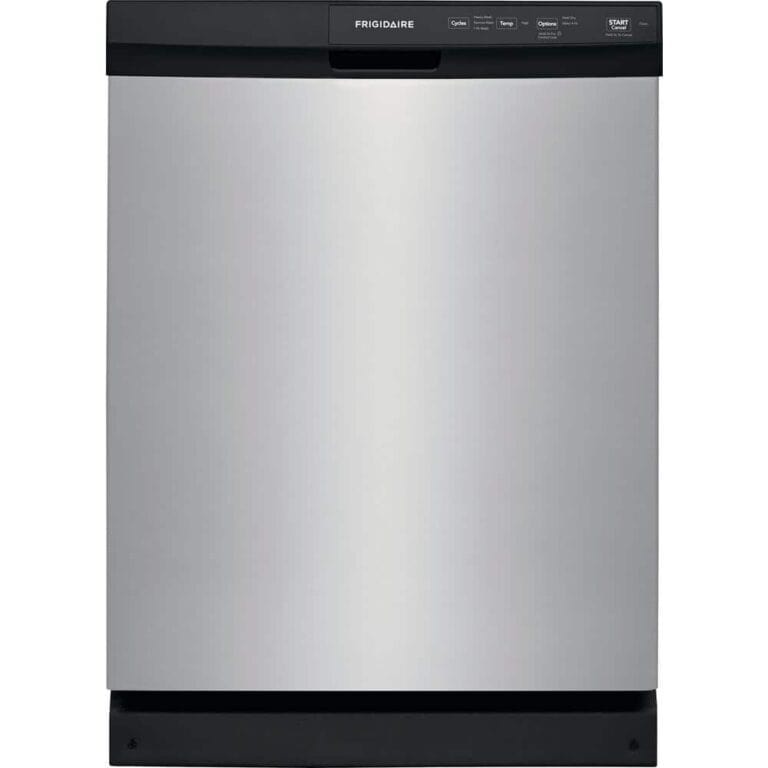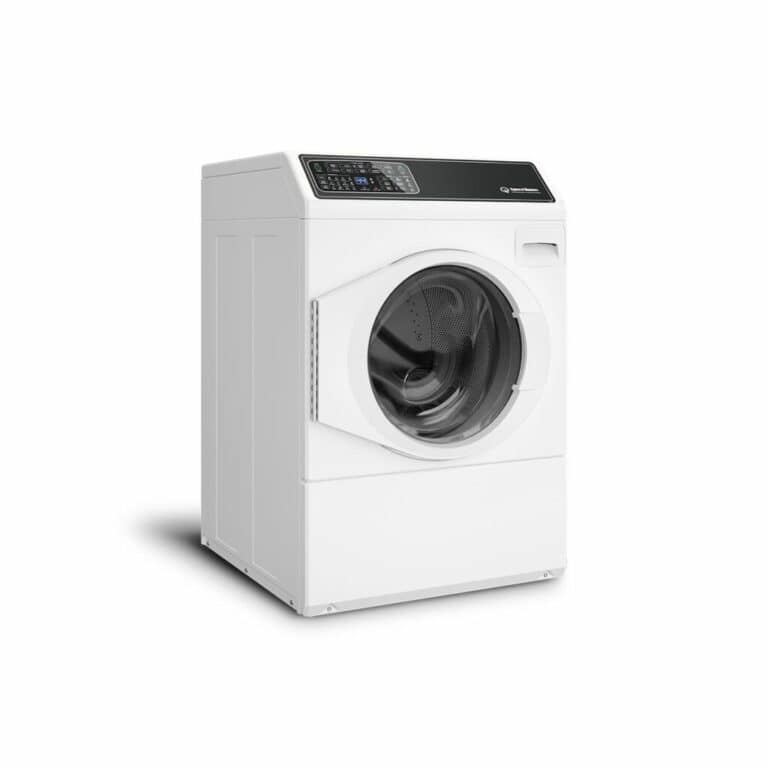
When your oven fails to heat up but your stove still works, it can be frustrating and disruptive to your cooking routine. This common issue often stems from specific components within the oven that have malfunctioned or worn out over time. The most likely culprits are a faulty heating element, a broken igniter, or problems with the oven’s temperature sensor or thermostat.
Fortunately, many of these issues can be diagnosed and sometimes even fixed without calling a professional. Simple troubleshooting steps like checking the power supply, inspecting the heating elements, and testing the temperature sensor can help identify the problem. In some cases, a quick reset or replacement of a part can get your oven back to proper working order.
Understanding the potential causes and solutions for an oven that won’t heat can save time and money. It’s important to approach the problem systematically, starting with the most common and easily fixed issues before moving on to more complex repairs.
🔍 Step 1: Understand the Problem
If the stovetop burners are working but the oven isn’t heating, it means your appliance is still getting power (for electric models) or gas (for gas models). The issue usually lies with one of the oven’s internal components — not the overall power supply.
⚡ Step 2: Check the Power Supply
Even if the stove works, the oven may be on a separate circuit or fuse.
- For electric ovens:
- Check your breaker box. Electric ovens need 240 volts — if one breaker trips, the stove may still work on 120V while the oven doesn’t heat.
- Reset the breaker by turning it fully off, then back on.
- For gas ovens:
- Make sure the gas supply valve behind the oven is open.
- If the burners work but the oven doesn’t ignite, the issue may be with the igniter.
🔥 Step 3: Inspect the Heating Elements (Electric Ovens)
A burned-out bake or broil element is the most common cause.
How to check:
- Turn off power to the oven.
- Look inside — the bake element (bottom) or broil element (top) should glow red when heating.
- If it looks blistered, cracked, or doesn’t glow, it’s likely faulty.
- Use a multimeter to test for continuity. No continuity = replace the element.
👉 Replacement elements are inexpensive and easy to install with a screwdriver.
(Source: Appliance Mastery)
🌡️ Step 4: Check the Temperature Sensor or Thermostat
If your oven turns on but doesn’t reach the right temperature:
- The temperature sensor may be faulty or touching the oven wall, giving false readings.
- Use an ohmmeter to test resistance — it should change as the oven heats.
- If not, replace the sensor.
(Source: AHS Home Matters)
🔥 Step 5: Gas Oven Igniter (for Gas Models)
If your gas oven isn’t heating:
- Check whether the igniter glows when you turn on the oven.
- If it glows weakly or not at all, it may not be drawing enough current to open the gas valve.
- Replace the igniter — this is one of the most common gas oven failures.
⚙️ Step 6: Control Board or Selector Switch
If the heating elements and sensors are fine, the electronic control board (EOC) or selector switch may be faulty.
- The EOC sends voltage to the heating elements.
- If it’s defective, the oven won’t heat even though everything else seems fine.
- Replacement usually requires a technician.
🧰 Step 7: When to Call a Professional
If you’ve checked:
- Power supply
- Heating elements
- Sensor or igniter
and the oven still won’t heat, it’s time to call an appliance repair technician.
They can test internal wiring, relays, and control boards safely.
(Source: Appliance Gist)
✅ Summary: Common Causes and Fixes
| Problem | Likely Cause | DIY Fix |
|---|---|---|
| Oven not heating (electric) | Burned-out bake element | Replace element |
| Oven not heating (gas) | Faulty igniter | Replace igniter |
| Oven heats unevenly | Bad temperature sensor | Replace sensor |
| Oven won’t turn on | Tripped breaker or faulty control board | Reset breaker or call tech |
| Oven display works but no heat | Control board failure | Professional repair |
🧩 Final Tip
Always unplug the oven or shut off power before inspecting or replacing parts. If you’re uncomfortable using a multimeter or working near electrical components, it’s safest to call a professional.
Key Takeaways
- A non-heating oven with a working stove often indicates a problem with specific oven components
- Common issues include faulty heating elements, broken igniters, or malfunctioning sensors
- Basic troubleshooting can often identify and sometimes resolve the problem without professional help
Understanding Oven Heating Issues
Oven heating problems can stem from various factors, depending on the type of oven and its components. Gas and electric ovens have distinct heating mechanisms that can fail in different ways.
Differences Between Gas and Electric Ovens
Gas ovens use a burner and igniter system. The igniter glows hot, opening a valve to release gas. This mixture ignites, creating heat. Electric ovens employ heating elements that warm up when electricity flows through them.
Gas ovens often heat up faster but can have uneven temperatures. Electric ovens typically provide more consistent heat distribution. Both types can experience similar issues like faulty thermostats or temperature sensors.
Troubleshooting differs between gas and electric ovens. Gas models may have problems with the igniter or gas supply. Electric ovens might have issues with heating elements or wiring.
Common Causes for an Oven Not Heating Up
Faulty heating elements are a frequent culprit in electric ovens. These elements can burn out over time. A visual inspection can reveal breaks or blistering. Replacement is usually necessary if damage is found.
Gas ovens often face igniter problems. A weak igniter may glow but fail to open the gas valve. This results in no heat production. Igniters typically need replacement every few years.
Thermostat malfunctions affect both gas and electric ovens. A faulty thermostat can’t accurately control oven temperature. This leads to underheating or no heating at all.
Temperature sensors work with the thermostat. If damaged, they send incorrect readings. This causes improper heating cycles. Sensors can be tested for continuity with a multimeter.
Wiring issues or blown fuses can prevent power from reaching heating components. These problems require careful inspection and sometimes professional repair.
Electronic control boards manage oven functions. A defective board may not signal the oven to heat. Diagnosing control board problems often needs specialized equipment.
Troubleshooting and Repairs
When an oven fails to heat while the stove works, several components may be at fault. Identifying and addressing these issues often requires a systematic approach to pinpoint the problem accurately.
Inspecting the Heating Element and Igniter
Electric ovens rely on heating elements to produce heat. A visual inspection can reveal signs of damage or wear. Look for blistering, separation, or breaks in the element. If visible issues are present, the element likely needs replacement.
For gas ovens, the igniter plays a crucial role. A faulty igniter prevents gas from flowing to the burner. To test the igniter, observe it during the oven’s start-up. It should glow brightly and the gas should ignite within a minute. If the igniter fails to glow or takes too long to ignite the gas, it may need replacement.
Professional testing with a multimeter can confirm element or igniter functionality. This step is best left to qualified technicians due to safety concerns.
Assessing the Oven Controls and Sensors
Malfunctioning controls or sensors can prevent proper heating. Check if the oven’s display is working correctly and responding to input. Erratic behavior may indicate a control board issue.
The temperature sensor, typically located at the back of the oven, monitors internal temperature. A bent or misplaced sensor can lead to inaccurate readings. Gently straighten a bent sensor, ensuring it’s not touching the oven wall.
Faulty wiring between components can also cause heating problems. Inspect visible wires for signs of damage or loose connections. Professional assessment is recommended for thorough wiring checks.
Checking the Gas Supply and Valves
For gas ovens, proper gas flow is essential. Ensure the gas supply to the oven is on and the line is free from kinks or damage. A blocked or partially closed gas valve can restrict flow.
Test other gas appliances to rule out a general gas supply issue. If only the oven is affected, the problem likely lies within the appliance itself.
The gas safety valve may fail to open fully, limiting gas flow to the burner. This component requires professional diagnosis and replacement if faulty.
Regular maintenance and prompt attention to issues can prevent many oven heating problems. When in doubt, consult a qualified appliance repair technician for safe and effective repairs.
Maintenance to Prevent Oven Issues
Regular maintenance and care can help avoid many common oven problems. Proper upkeep extends the lifespan of the appliance and ensures it operates efficiently.
Regular Cleaning and Care
Clean the oven interior every 3-4 months to prevent buildup. Remove racks and soak them in warm, soapy water. Wipe down the oven cavity with a damp cloth and mild cleaner. For stubborn stains, make a paste of baking soda and water. Apply it to problem areas and let sit overnight before wiping clean.
Inspect the door seal regularly for tears or gaps. A damaged seal allows heat to escape, leading to temperature inconsistencies. Replace if necessary.
Keep oven vents clear of debris. Blocked vents can cause overheating or uneven cooking. Vacuum or wipe vents monthly.
For gas ranges, clean burner ports with a pin to ensure proper flame. Wipe spills promptly to prevent clogging.
Professional Inspections
Schedule annual inspections with an appliance technician. They can spot potential issues before they become major problems. Professional service includes:
- Checking gas connections for leaks
- Testing temperature accuracy
- Inspecting heating elements or igniters
- Calibrating oven controls
- Lubricating moving parts
For self-clean ranges, have the technician examine the high-limit thermostat. This safety feature can wear out from repeated cleaning cycles.
Ask the technician to test all oven functions, including the broiler. They can also clean hard-to-reach areas behind the oven.
Regular professional maintenance helps prevent unexpected breakdowns and ensures safe operation of the appliance.
Frequently Asked Questions
Oven malfunctions can be perplexing, especially when the stove works fine. These questions address common scenarios and potential solutions for various oven issues.
What could be the cause of an electric oven not heating while the stove top is functioning?
A faulty heating element is often the culprit. The oven’s bake or broil element may have burned out. Other possible causes include a defective temperature sensor or thermostat.
A broken wire or loose connection can also prevent the oven from heating. In some cases, the control board may be malfunctioning.
How can one troubleshoot a gas oven that isn’t heating, but the stove top burners are working?
Check the gas igniter first. If it doesn’t glow, it may need replacement. The oven’s thermal fuse could be blown, cutting off power to the heating components.
Inspect the gas valve to ensure it’s open and supplying gas to the oven. A faulty oven temperature sensor or thermostat can also prevent proper heating.
What steps should be taken if a Whirlpool oven doesn’t heat up but the stove top does?
Start by checking the bake element for visible damage or breaks. Test the temperature sensor with a multimeter to ensure it’s functioning correctly.
Examine the oven control board for signs of burning or damage. If these components check out, the issue might lie with the oven’s wiring or main control board.
Are there common issues that prevent an oven from heating up while the fan is still operating?
A malfunctioning heating element is a frequent cause. The oven fan may still run, but without heat. A broken thermal fuse can also allow the fan to work while cutting power to the heating elements.
Sometimes, a faulty thermostat or temperature sensor can cause this issue. These components may incorrectly signal the oven to stop heating while the fan continues to run.
What are potential reasons for a Frigidaire oven not heating up even though the stove top works?
A defective bake or broil element is a common culprit in Frigidaire ovens. The oven igniter may be weak or faulty in gas models, failing to open the gas valve.
Check the oven’s thermal fuse, which can trip due to overheating. A malfunctioning control board or faulty wiring can also prevent the oven from heating properly.
What might be the cost implications of replacing an oven’s heating element?
Heating element replacement costs vary based on the oven model and labor rates. The part itself typically ranges from $20 to $50 for most common models.
Labor costs can add $100 to $200 to the total. Some high-end ovens may have more expensive elements, potentially increasing the overall cost of replacement.






